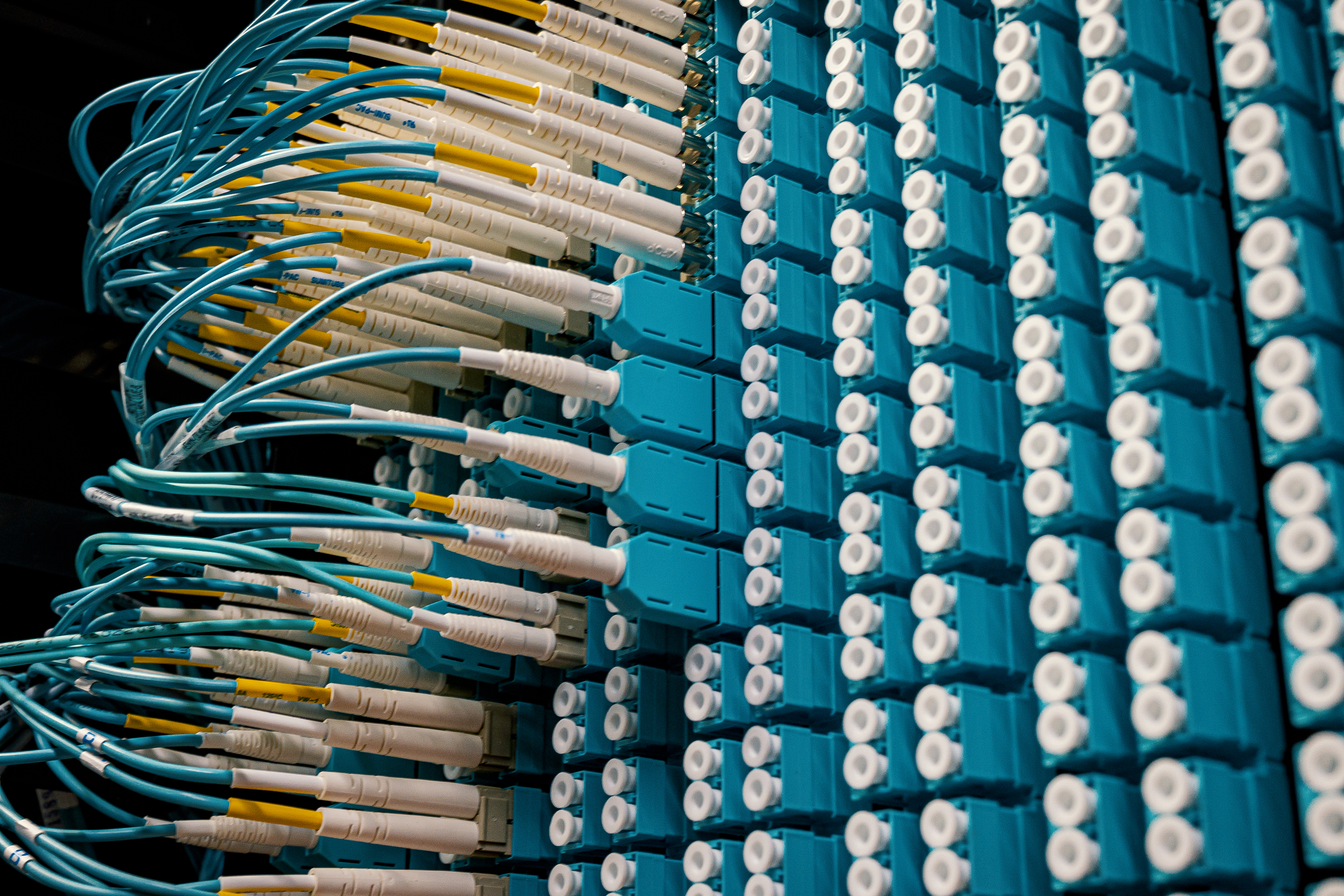
Once you install and terminate fiber optic cables, it's time to test them. A test should be conducted for each fiber optic cable plant for three main areas: continuity, loss, and power. To do this, you'll need a fiber optic power meter. Here's a quick guide to fiber optic power meters and how they work.
BEFORE USING A POWER METER
There are a few things you should do to prepare before using a fiber optic power meter. First, read the meter’s manual before operating it. Then run some practice tests with your power meter before going to a job site. Next, prepare documents showing how and where all your cables are installed. Don't depend on memory because you can easily lose track of your cables, especially if it's a large project. It’s important to additionally create a worksheet to document your testing data. Some power meters have a memory feature for keeping your data. These come in handy for large projects as well.
USE SAFETY PRECAUTIONS
It's important to follow safety precautions while testing fiber optic cables with a power meter. Wear eye protection when working with high-power cables. Even with low-power layouts, it's wise to check connectors with your power meter before looking.
USING A POWER METER FOR POWER MEASUREMENT
When measuring fiber optic power with a power meter, attach the meter to the cable. Turn on the source of power (transmitter) and view the meter's measurement. Compare the meter measurement with the specified correct power for that system, to be sure it doesn't have too much or too little power. The reason correct power measurement is so important with fiber optic cables is because the system works like electric circuit voltage. The power must be just the right amount to work properly.
TESTING LOSS WITH A POWER METER
A power meter is used to test loss, but a test source is needed as well. The meter will measure the optical power that is lost in every part of the cable. The cable is mated with a working reference cable. Two methods used in loss testing are single-ended loss and double-ended loss. With single-ended loss testing, only the launch cable is used. With double-ended loss testing, a receive cable is also attached to the meter.
There are certain loss guidelines to follow for connectors, splices, multimode fibers, and singlemode fibers. You should understand these guidelines as well as the standard formula for calculating loss before getting started. Many training tutorial sites online provide these guidelines free of charge.
Other tools that may be required for the processes above include optical loss test kits, matching reference test cables, mating adapters with hybrids, a visual fault locator (or fiber tracer), cleaning items, and an Optical Time Domain Reflectometer (ODTR) for outdoor networks.
Fiber optic cables can be of great value to companies if they work properly. Use a fiber optic power meter and other useful tools to ensure your fiber optic system will operate smoothly around the clock.


